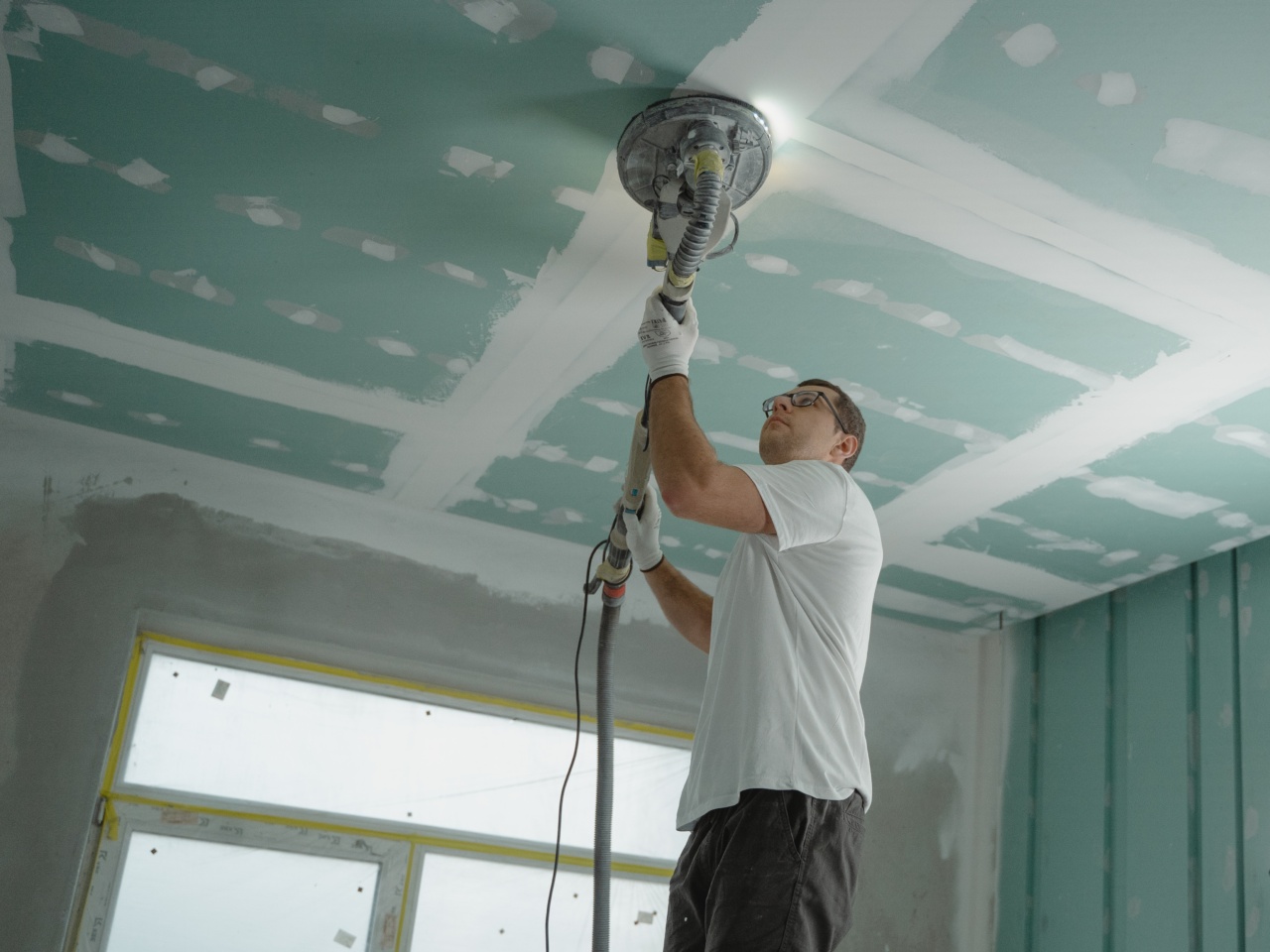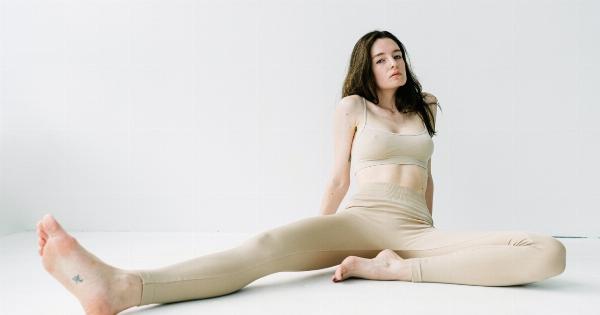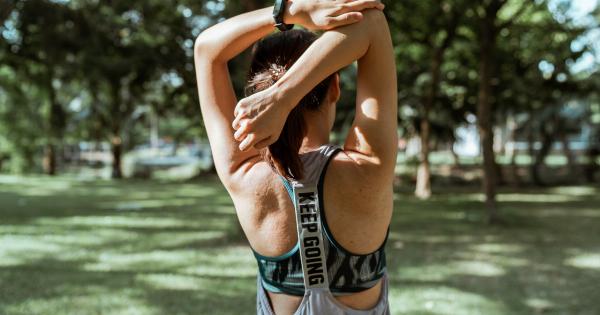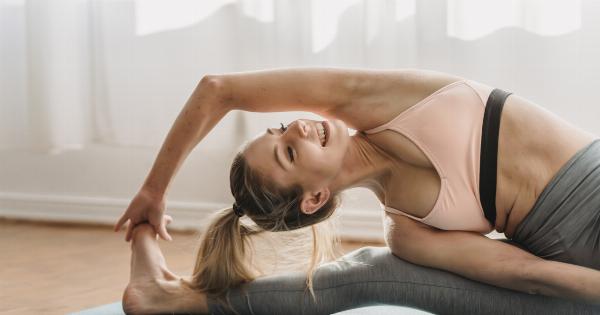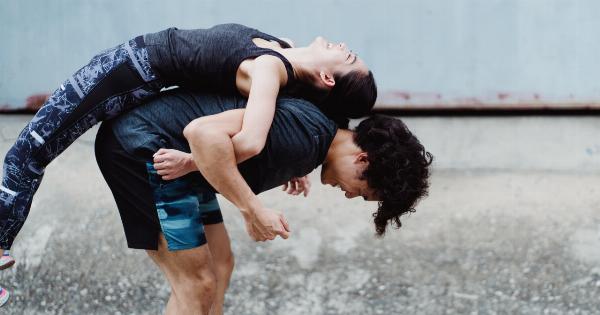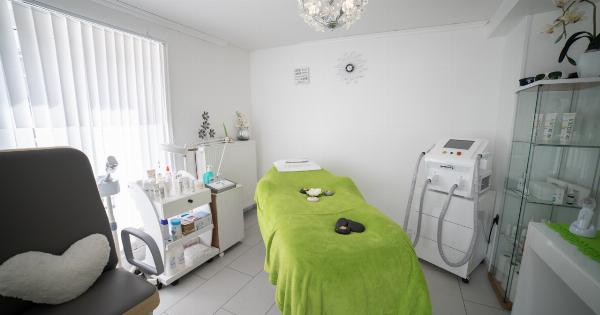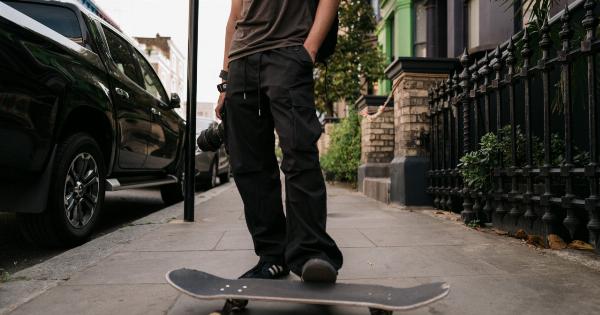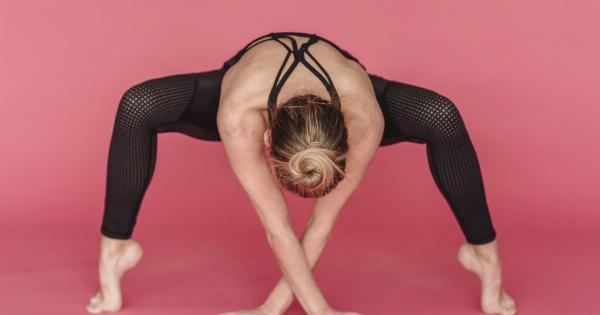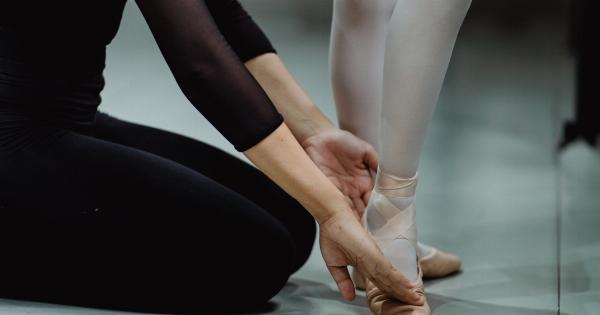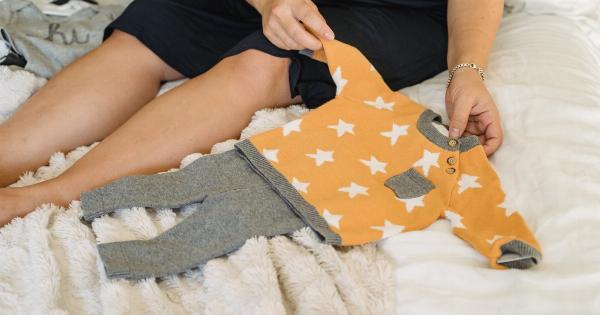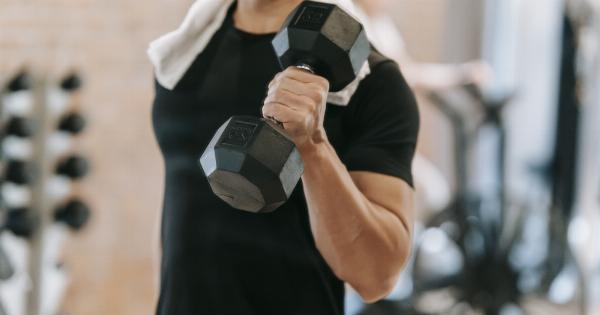Kyphosis, also known as a hunchback or rounded back, is a condition where the spine in the thoracic or upper back region curves excessively. It can be caused by poor posture, degenerative diseases, or genetic factors.
Kyphosis can lead to discomfort, pain, or breathing difficulties. Fortunately, there are several exercises that can help correct kyphosis and improve overall health. In this article, we will discuss some of the best exercises for kyphosis and how to perform them effectively.
1. Shoulder blade squeeze
The shoulder blade squeeze is a simple exercise that improves postural alignment and strengthens the upper back muscles. To perform the shoulder blade squeeze:.
- Sit or stand with your back straight and your arms relaxed at your sides.
- Gently squeeze your shoulder blades together, imagining that you are trying to hold a pencil between them.
- Hold the squeeze for 5-10 seconds, then release.
- Repeat the exercise for 10-15 repetitions.
2. Wall slides
Wall slides are another great exercise for improving kyphosis and promoting good posture. To perform wall slides:.
- Stand with your back against a wall and your feet a few inches away from the wall.
- Place your arms against the wall with your elbows bent at a 90-degree angle and your hands facing forward.
- Gently slide your arms up the wall, keeping your elbows and hands in contact with the wall at all times.
- Squeeze your shoulder blades together as you slide up.
- Hold the top position for a few seconds, then slowly lower back down.
- Repeat for 10-15 repetitions.
3. Cat-cow stretch
The cat-cow stretch is a yoga pose that stretches the spine, neck, and shoulders and helps improve flexibility and mobility. To perform the cat-cow stretch:.
- Get on your hands and knees on a yoga mat or carpet.
- As you inhale, arch your back and lift your head and tailbone towards the ceiling, creating a hump in your upper back (cow pose).
- As you exhale, round your spine and tuck your chin to your chest, creating a curve in your upper back (cat pose).
- Repeat the movement, flowing back and forth between cow and cat pose for 10-15 repetitions.
4. Thoracic extensions over foam roller
Thoracic extensions over a foam roller are a more advanced exercise that target the upper back muscles and stretch the chest and shoulders. To perform thoracic extensions:.
- Place a foam roller on the ground and lie on your back with the foam roller under your upper back, near the shoulder blades.
- Bend your knees and place your feet flat on the floor.
- Clasp your hands behind your head or cross your arms over your chest.
- Gently arch your upper back over the foam roller, keeping your hips and lower back on the ground.
- Hold the stretch for 30 seconds, then slowly release.
- Repeat for 5-10 repetitions.
5. Prone Y extensions
Prone Y extensions are another advanced exercise that target the upper back, shoulders, and scapulae. To perform prone Y extensions:.
- Lie face down on a mat or carpet with your arms extended overhead in a Y shape.
- Gently lift your arms and upper back off the ground, keeping your neck and head aligned with your spine.
- Squeeze your shoulder blades together and hold for 2-3 seconds.
- Lower back down and repeat for 10-15 reps.
6. Chest stretches
Chest stretches are important for improving kyphosis because they help open up the chest and shoulder muscles, which can become tight and restrictive. To perform chest stretches:.
- Stand in a doorway with your arms at your sides.
- Place your forearms on the doorframe, with your elbows at a 90-degree angle.
- Lean forward into the stretch, feeling the stretch in your chest and shoulders.
- Hold for 30 seconds, then release.
- Repeat for 3-5 repetitions.
7. Plank rows
Plank rows are a compound exercise that target the upper back muscles and also engage the core and shoulder muscles. To perform plank rows:.
- Start in a plank position, with your hands on a set of dumbbells or kettlebells.
- Keep your hips and spine in a neutral position, engaging your core muscles.
- Row one dumbbell up towards your chest, squeezing your shoulder blade towards your spine.
- Lower the weight back down and repeat on the other side.
- Repeat for 10-15 reps on each side.
8. Reverse fly
The reverse fly is an exercise that strengthens the upper back muscles and improves posture. To perform reverse fly:.
- Start in a standing position with your feet shoulder-width apart and a dumbbell or resistance band in each hand.
- Bend forward at the hips and let your arms hang towards the ground.
- Lift your arms out to the sides, squeezing your shoulder blades together and keeping your arms straight.
- Lower your arms back down and repeat for 10-15 reps.
9. Resistance band pull-apart
The resistance band pull-apart is a simple but effective exercise for improving posture and strengthening the upper back and shoulder muscles. To perform resistance band pull-apart:.
- Hold a resistance band with your hands shoulder-width apart, palms facing down.
- Extend your arms out in front of your body, keeping your elbows straight.
- Slowly pull the band apart, squeezing your shoulder blades together.
- Hold the stretch for 2-3 seconds, then release.
- Repeat for 10-15 reps.
10. Deadlift
The deadlift is a full-body exercise that can improve posture, strengthen the back and core muscles, and increase overall strength and fitness. To perform a deadlift:.
- Stand with your feet shoulder-width apart, with a barbell in front of you on the ground.
- Bend at your hips and knees and grasp the bar with an overhand grip, keeping your back straight and core engaged.
- Stand up with the bar, keeping your back flat, shoulders squeezed down and back, and core engaged.
- Lower the bar back down to the ground and repeat for 8-12 repetitions.
By incorporating these exercises into your daily routine, you can improve your posture, reduce pain and discomfort, and increase overall health and fitness levels.
Remember to start slowly and gradually increase the intensity and duration of your workouts over time. Also, be sure to consult with a healthcare professional before starting any new exercise program, especially if you have a history of back pain or injury.
